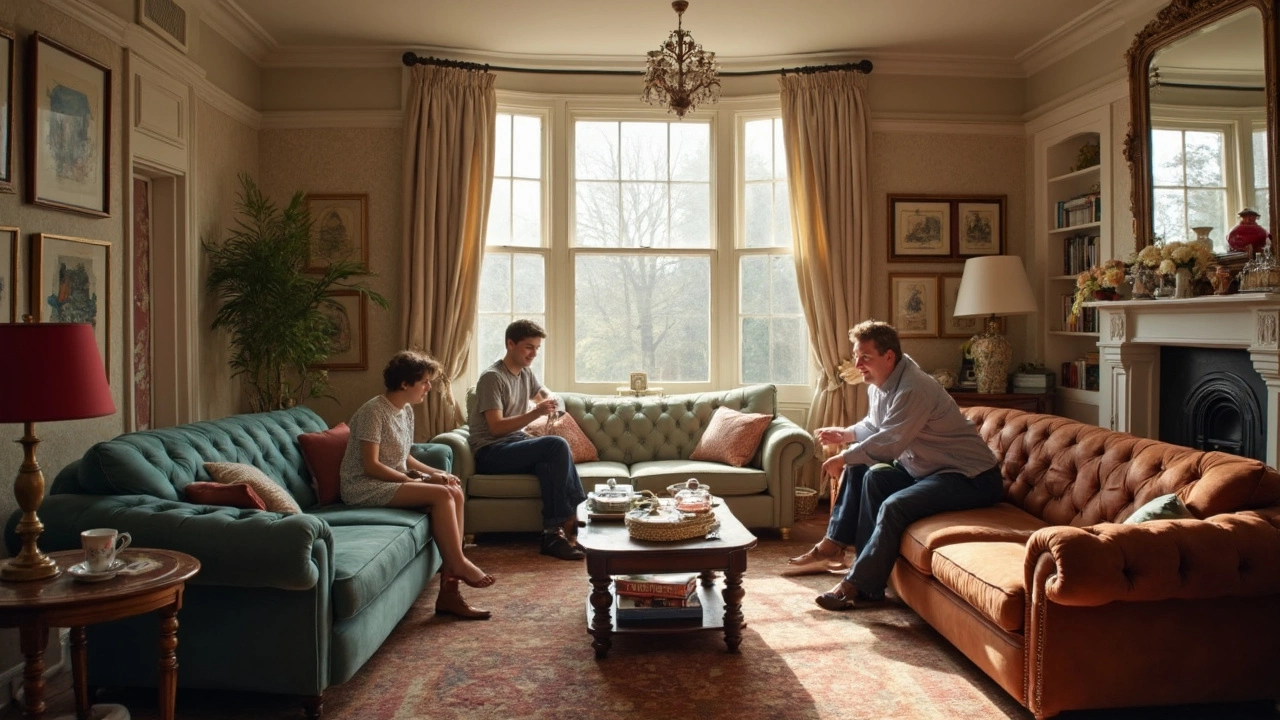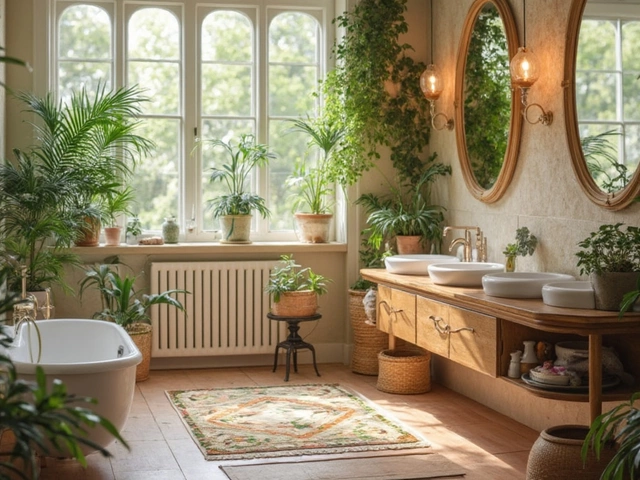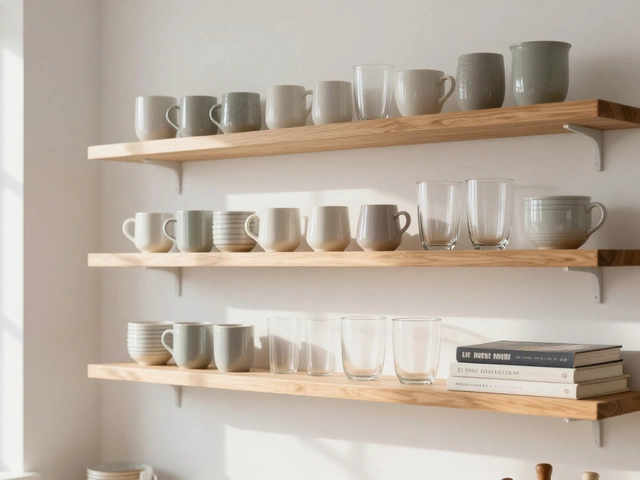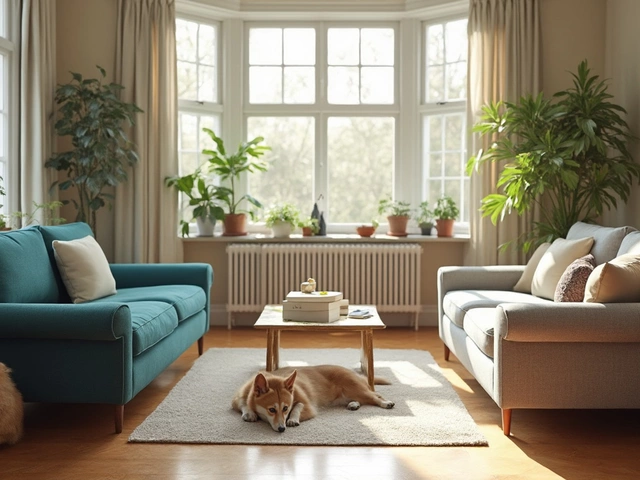How Much for a Sofa? Real Prices and Simple Buying Tips
If you’ve ever stared at a sofa tag and wondered "how much for a sofa?", you’re not alone. Sofas can feel pricey, but the cost usually breaks down into a few clear pieces. Knowing those pieces helps you avoid surprises and spot a good deal.
What Influences Sofa Prices?
First off, size matters. A compact two‑seater will cost less than a big sectional. The bigger the frame, the more fabric or leather you need, and the heavier the base, which means higher shipping fees.
Materials are the next big factor. Fabric sofas are generally cheaper than leather, but even within fabric there’s a range. A polyester blend costs less than a high‑grade linen or velvet. Leather can run from budget‑grade to top‑grade, and the price jumps accordingly.
Brand reputation also plays a role. Well‑known manufacturers add a markup for design work, warranty, and name‑value. Smaller or newer brands may offer similar quality for less because they don’t carry the same brand premium.
Retail markup is something you see in almost every furniture store. On average, retailers add about 50‑100% on top of the wholesale cost. That’s why a sofa that costs £500 to make can end up listed at £800 or more.
Extras like removable covers, built‑in storage, or recline mechanisms add both material and labor costs. If you don’t need those features, you can save a chunk of cash.
How to Get a Good Deal on a Sofa
Start by comparing prices online. Most retailers list their full range on their websites, and you can quickly spot which models fit your budget.
Watch for sales events. End‑of‑season clearances, Black Friday, and January stock‑clearance sales often shave 20‑40% off the original price. Sign up for newsletters to get the alerts early.
Don’t overlook outlet stores or online clearance sections. They carry last‑year’s styles at steep discounts, and the quality is usually the same as current models.
Consider buying a sofa with a removable cover. You can wash it yourself, which saves on professional cleaning fees later. Plus, you can swap the fabric for a fresh look without buying a whole new sofa.
If you have a bit of DIY confidence, look for flat‑pack sofas. They arrive in a box, you assemble them at home, and they often cost less because you skip the delivery and set‑up fees.
Finally, think about buying second‑hand. A gently used sofa from a reputable source can be half the price of a new one. Just check for any damage and make sure the fabric is still in good condition.
Bottom line: knowing what makes a sofa pricey helps you strip away unnecessary costs. Focus on size, material, and the features you actually need, then shop smart during sales or consider outlet and second‑hand options. That way, you’ll get a sofa you love without breaking the bank.

Good Budget for a Sofa: What to Spend and Why
Figuring out how much to spend on a sofa can get confusing, but it doesn’t have to be. This article breaks down what you actually get at different price points, common pitfalls to avoid, and clever ways to stretch your furniture budget. Learn what to watch out for, which features matter, and what most people overlook. If you want a comfy couch without wasting money, you’ll find the answers here.
Categories
- Storage (27)
- Bathroom (18)
- Sofas (15)
- Curtains (15)
- Home Decor (12)
- Bedding (11)
- Kitchenware (11)
- Cushions (11)
- Mirrors (10)
- Rugs (9)
Popular Articles



